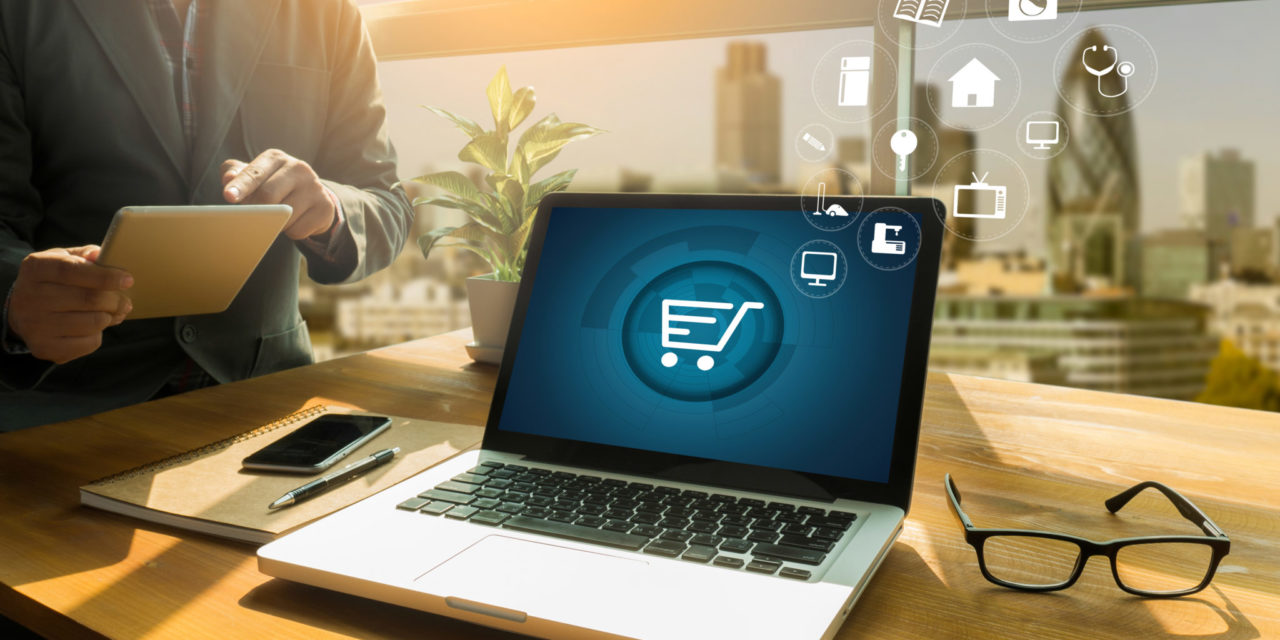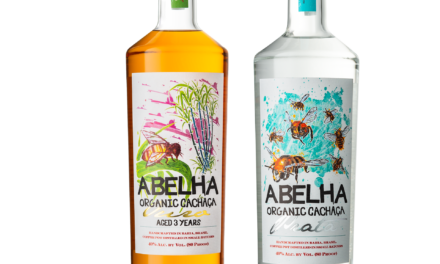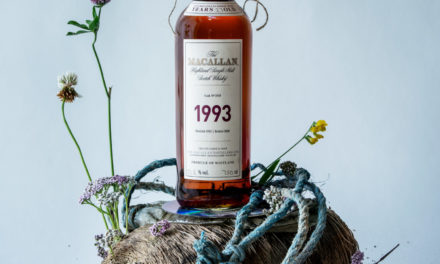This year is set to be an exciting one for brands in the liquor industry. While suppliers of whiskeys, rums, vodkas, and other spirits’ sales increased by $1 billion (to a new high of $26.2 billion) according to the Distilled Spirits Council of the United States, it’s no secret that the U.S. liquor landscape is strong, and industry players need to begin taking advantage of new trends and opportunities to grow their businesses. With advancements in technology, the emergence of traditional and social e-commerce, and new generations increasingly purchasing spirits online, there are plenty of reasons for liquor brands to raise their glasses this year.
Traditional E-commerce
According to a 2018 report from Rabobank, U.S. online alcohol sales hit $1.7 billion in 2017, a relatively small total dollar value, but an increase of 30 percent year-over-year, with online channels outpacing brick-and-mortar retailers. Although most brands in other industries have had an e-commerce presence for decades, liquor brands are just starting to test the waters due to government regulations and the complexities of selling online through a three-tier system.
All challenges aside, there’s a massive opportunity for brands today to take advantage of this growing trend. There are several channels for selling products online, including third-party platforms; however the most effective and efficient strategy for brands to consider is building their own marketplaces. This lets them create a customized environment and access customer data—something they aren’t able to capture or own when selling on other sites.
Social E-commerce
Like traditional e-commerce channels, social media platforms such as Instagram and Snapchat have become today’s modern catalogs. Through these channels, consumers can find their favorite brands and discover new ones presenting themselves with imagery and video clips that take consumers on a digital journey. But the thing that makes this experience much different and better than flipping through a catalog is the ability to actually purchase products that excite them, right then and there, by simply clicking a link. This makes these platforms powerful tools for both brands and shoppers alike.
As liquor brands get their feet wet in the world of e-commerce, they may want to consider taking advantage of posting, purchasing ads, and sponsoring influencers (while complying with set regulations) on social platforms to promote their products, increase visibility, and ultimately, grow their sales.
They should consider also using these channels if they want to reach new audiences—especially millennials. While they make up just 29 percent of the drinking-age population, millennials over-index on consumption across all major kinds of alcohol according to the same report from the Distilled Spirits Council. They also overlap with one of the largest populations that actually uses social media platforms, as a report from Pew found that 88 percent of 18- to 29-year-olds indicate they use any form of social media. Liquor brands need to consider leveraging these tools if they’re looking to better capture this audience.
Online alcohol sales are still emerging and subject to sometimes confusing regulations, depending on your target market. But in 2019, liquor brands will need to embrace and use the various e-commerce opportunities available to not only increase sales but to stay afloat in today’s competitive landscape.

Devaraj Southworth is CEO and co-founder of Thirstie, a leading e-commerce and logistics solution that powers some of the largest alcohol brands in the world. He’s been a leader in business, digital media, and mobile technology for 20 years, and is a serial entrepreneur with a number of successful ventures to his name.











